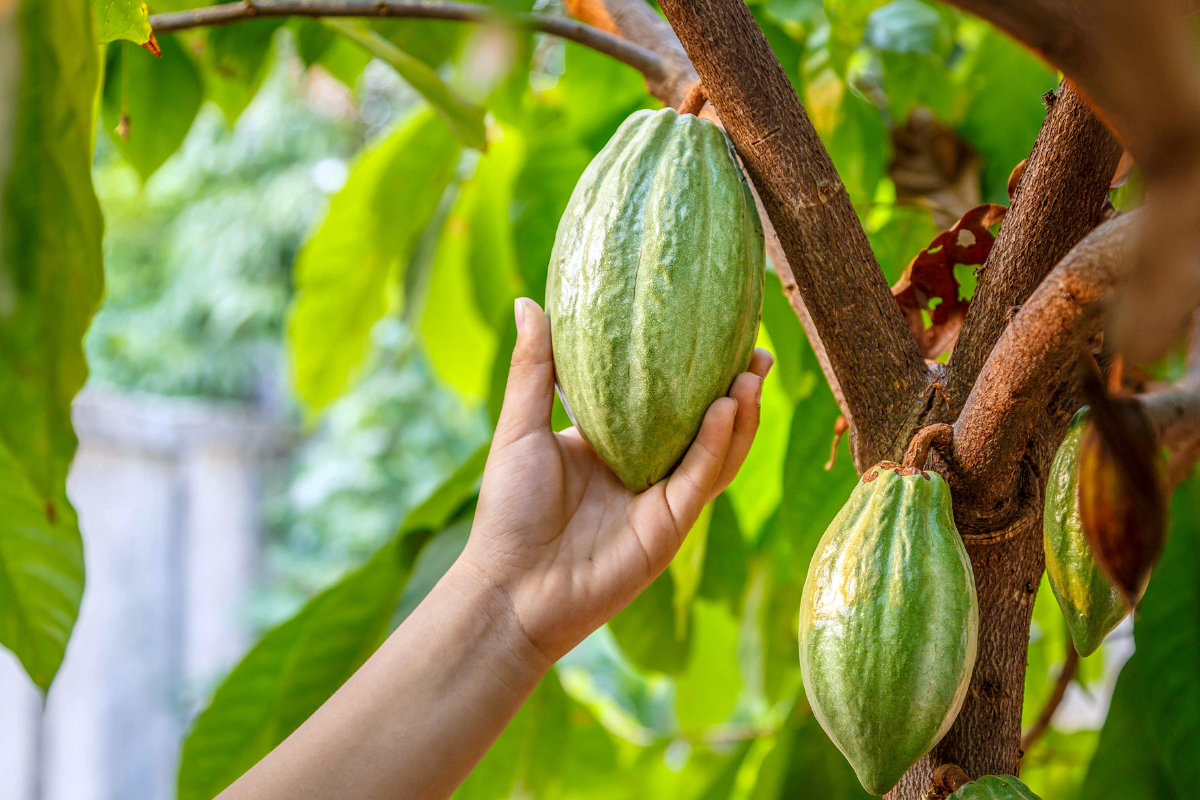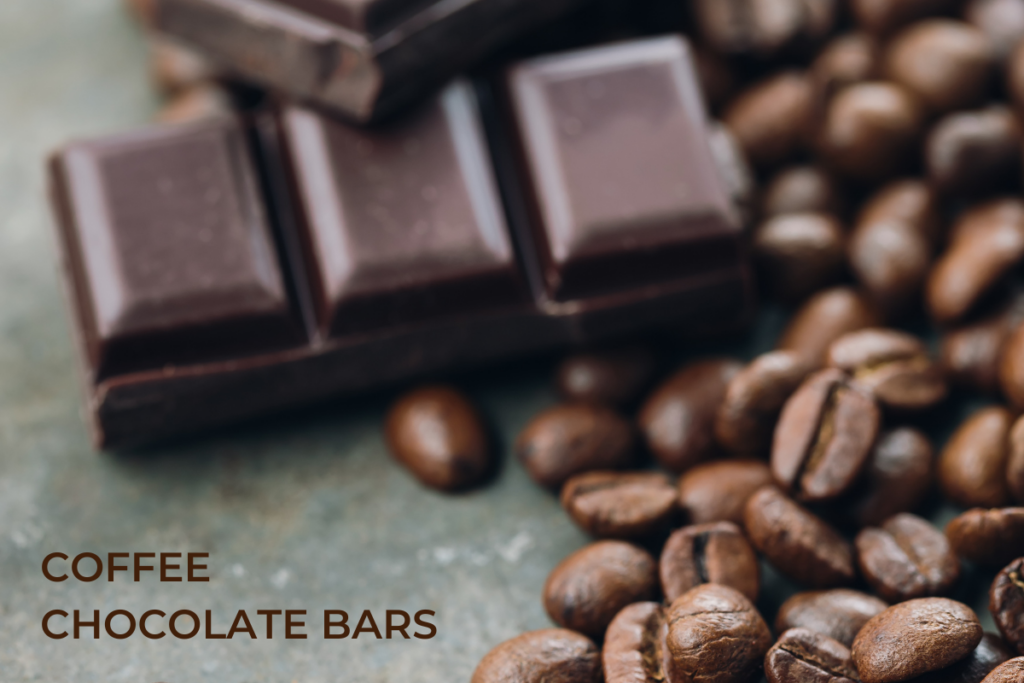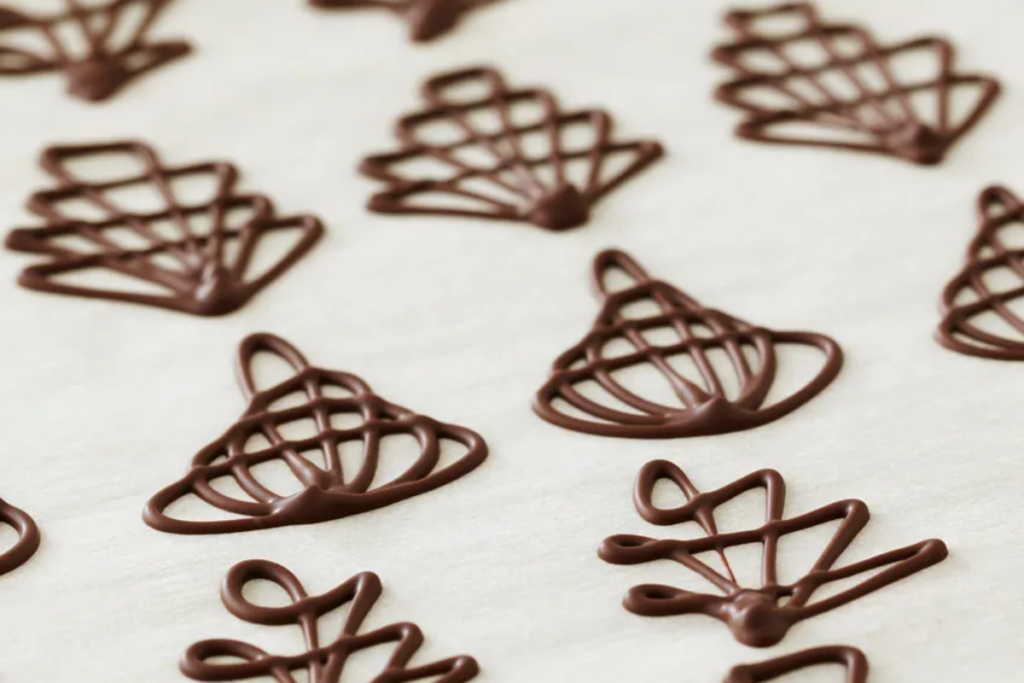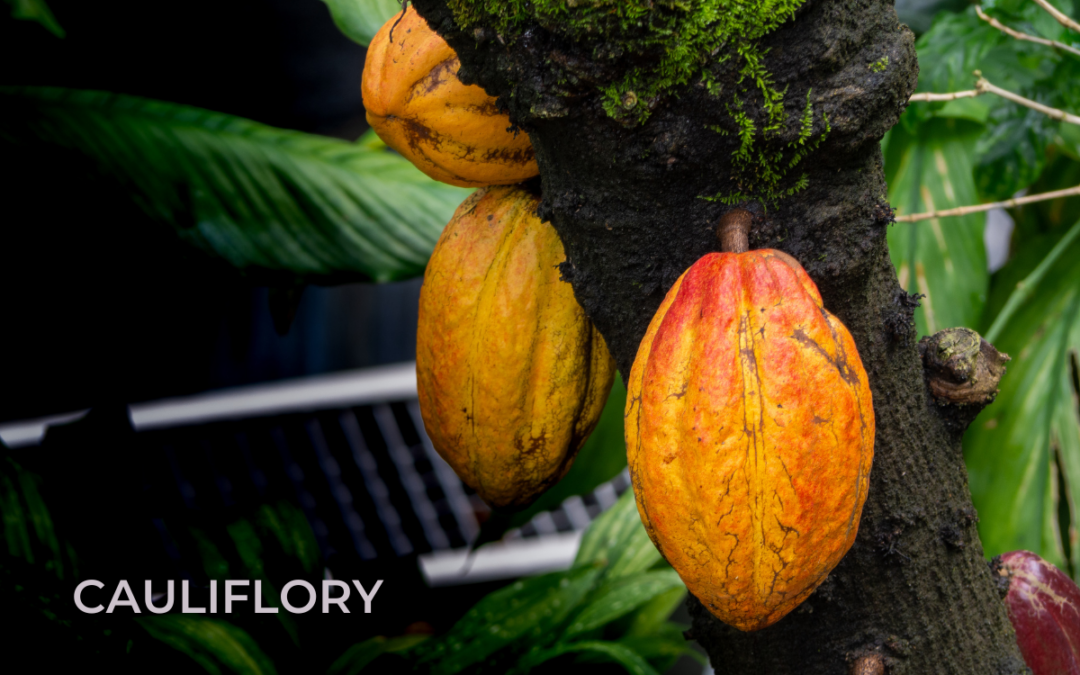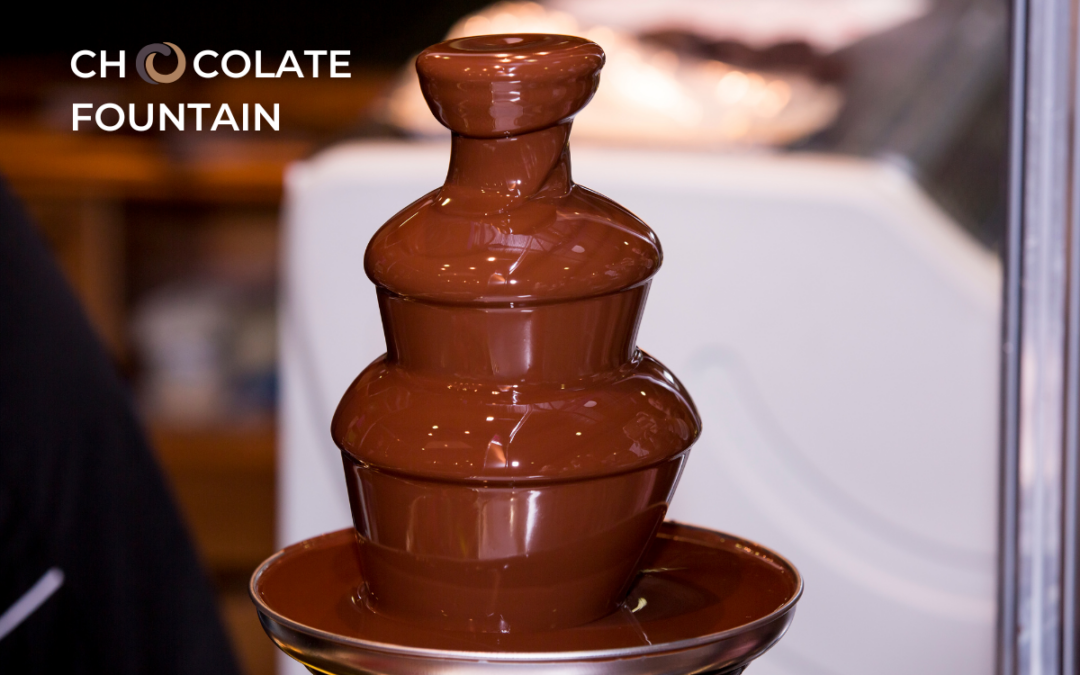Cacao is the heart of the chocolate we love, but the journey from bean to bar starts with the cacao tree. Understanding the cacao plant’s origins, growth, and cultivation is key to appreciating the process behind our favorite treat. In this article, we’ll dive into the world of cacao trees, exploring how they grow, the types of cacao plants, and the importance of their cultivation in producing high-quality chocolate. Whether you’re a chocolate lover, a sustainability advocate, or simply curious about where your chocolate comes from, this guide will give you everything you want to know about the cacao tree.
What are cacao trees?
The cacao tree (theobroma cacao) is a tropical plant that produces seeds (AKA cocoa beans) that are the main ingredient in chocolate. Cacao trees grow in warm, humid climates, usually within 20 degrees of the equator, in places like Ghana, Ivory Coast, Brazil, and Indonesia. Cacao trees typically reach 15 to 25 feet tall and produce small flowers that grow directly from the trunk and main branches (unlike most fruiting trees which grow fruit on the exterior, new branches). After pollination by insects called midges, these flowers develop into large, football-shaped pods filled with cacao seeds that are surrounded by a sweet pulp. The trees thrive in conditions with consistent rainfall, shade, and rich, well-drained soil. Cacao trees are vital to the chocolate industry and the livelihoods of many farmers worldwide.
Where did cacao trees originate?
Cacao trees come from the tropical rainforests of the Amazon Basin in South America. This area includes parts of modern-day Peru, Ecuador, Colombia, and Brazil.
Indigenous peoples, like the Mayo-Chinchipe of Ecuador, were growing and using cacao as far back as 5,000 years ago. Over time, cacao farming spread to Central America and Mexico, where it became an important part of Mesoamerican cultures, such as the Olmecs, Mayans, and Aztecs. They used cacao for food, ceremonies, and even as a form of money.
Later, cacao was introduced to Europe and other parts of the world during the colonial period. Today, it is grown in tropical areas around the globe.
What is the global distribution of cacao trees?
While their origin is in South American, over the last 500 years, cacao trees have been transported around the globe. Cacao trees are primarily grown in tropical regions close to the equator, with significant production in West Africa, South America, Southeast Asia, Central America, and Oceania.
West Africa, particularly Ivory Coast and Ghana, leads global production, supplying over half of the world’s cocoa. In South America, Brazil and Ecuador are major producers, with Peru and Ecuador known for their prized cocoa varietals. Southeast Asia, including Indonesia and Malaysia, also contributes to global cocoa production. Central America and the Caribbean, with countries like Mexico and Costa Rica, are important producers as well.
In the United States, Hawaii is the only state that is warm enough to grow cacao commercially. Most of the cocoa beans stay on the islands and are made into chocolate by local chocolate makers.
Botanical characteristics of the cocoa tree
The cacao tree is a tropical plant with unique botanical features. It thrives in warm, humid climates and requires consistent temperature, with steady rainfall, and shade to grow successfully. A healthy tree will have the following characteristics:
- Size and Structure: Cacao trees typically grow 15-25 feet (4.5-7.5 meters) tall, though some varieties can reach up to 40 feet (12 meters) if left unpruned. They have a dense, bushy canopy with numerous branches.
- Leaves: The cacao tree has large, glossy, elliptical leaves that are dark green. These leaves are alternately arranged along the branches and can grow up to 12 inches (30 cm) long and 6 inches (15 cm) wide.
- Flowers: Cacao trees produce small, complex flowers that are unique in their growth pattern—these flowers bloom directly on the trunk and large branches (a phenomenon known as cauliflory). The flowers are typically pink or white, with 5 petals, and have a delicate appearance. Though many flowers are produced, only a few will develop into pods.
- Pods (fruit): The fruit of the cacao tree is a large, football-shaped pod that grows directly from the trunk or older branches. The pods vary in color depending on the variety of cacao, ranging from green and yellow to red and purple. Each pod can measure 6 to 12 inches (15 to 30 cm) in length. They typically change color as the fruit matures. Some have smooth skin while others are very bumpy. Some have deep grooves from top to bottom, while others are mostly flat.
- Seeds (cocoa beans): Inside each pod are 20 to 50 cacao seeds, which are encased in a sweet-tasting pulp. The seeds are the key ingredient used to make chocolate. They are oval-shaped and have a thin brown shell over a purple or white interior (which turns brown when fermented).
- Roots: Cacao trees have a shallow root system with a tap root that requires rich, well-drained soil to thrive. The roots spread out widely to absorb water and nutrients.
Genetic varieties of cacao trees
Cacao trees come in several genetic varieties, each with distinct characteristics that affect the flavor, quality, and yield of cacao pods. The classical understanding of cacao categorizes the plant into three primary types: Forastero, Criollo, and Trinitario. Each variety offers unique traits that influence chocolate flavor and production. With modern advances in genetic testing and analysis, studies have shown that there are more than a dozen unique varieties with most trees farmed today being hybrids of these parent varietals. To learn more about these and other cocoa tree varieties, continue reading this article on 10 distinct varieties of cacao.
Optimal growing conditions for cacao trees
Cacao trees require specific conditions to thrive and produce high-quality beans. Cacao trees are sensitive to extreme cold or heat and cannot tolerate frost, making a stable, warm environment essential for their growth. They require consistent temperatures between 65-90°F (18-32°C) day and night.
Consistent rainfall and high humidity are also crucial for healthy cacao tree development. Ideal humidity levels range from 70-100%, and cacao trees need about 60 inches (1,500 mm) of rain annually. This consistent moisture supports their optimal growth and seed production.
Cacao trees are an understory crop, which means that they grow best in the shade of taller trees, protecting them from direct sunlight. As understory plants, young trees do not tolerate prolonged exposure to full sun, making shade essential for their health and productivity.
The soil for cacao cultivation should be fertile and slightly acidic, with a pH range of 6-7. Rich in organic matter, the soil should retain moisture and support strong root development, providing the ideal foundation for cacao growth.
Additionally, cacao trees are most successful at lower altitudes, typically between sea level and 3,000 feet (1,000 meters). These elevations provide a stable climate that promotes optimal growth conditions. There are exceptions of course, such as in Peru, where there are varieties of cacao that are growing at high elevations.
The future of cocoa farming is threatened by climate change and other environmental challenges, which are impacting production in the primary growing regions. You can learn more about what it takes to grow cacao in this article.
Disease management in cocoa farming
Disease management is essential for maintaining healthy cocoa crops and ensuring a consistent supply of high-quality beans. Cacao trees are vulnerable to multiple diseases, many of which can drastically affect both yield and bean quality. Effective disease management combines preventive measures, early detection, and appropriate treatments to minimize impact. By implementing proactive strategies and sustainable practices, farmers can protect their crops, ensure healthy yields, and contribute to the long-term viability of the cocoa industry. Integrated disease management plays a key role in safeguarding the future of cocoa farming and maintaining the quality of the beans. Learn more about cacao diseases and the latest cacao virus, CSSV which threatens global chocolate production.
When and how cacao pods are harvested
To get the precious cocoa beans, farmers cut the pods from the trees and split them open to extract the wet beans inside. But harvesting is more than just plucking pods from trees; it’s about a careful process that involves individually cutting only the ripe pods with precision and care so that neither the trees nor the pods are damaged in any way.
Pods are all harvested by hand with a clean cut through the stem to drop them from their perch. By pushing or pulling according to the position of the fruit, harvesters can make sure that they cut cleanly without damaging the trunk from which they grow. Since the flowers grow directly from the trunk of the tree, any damage to the bark will reduce flowering in future seasons.
But the key to success is knowing when to harvest the cacao pods. Expert harvesters choose only the ones that are fully ripe, which are often a vibrant shade of yellow, orange, or red.
To learn more, check out how cacao is harvested?
Climate change and Its effects on cocoa production
Climate change is significantly impacting cocoa production, disrupting the ideal conditions cacao trees need to grow, such as consistent warmth, humidity, and rainfall. Rising temperatures, unpredictable droughts, intense rains, and storms can lead to heat stress, increased disease, and reduced yields, especially in key cocoa-producing regions like West Africa and South America.
These challenges are threatening farmers’ livelihoods and the global chocolate supply. The recent spike in cocoa prices are a direct result of smaller cocoa harvests that have compounded over the last couple years. To adapt to the environmental changes, farmers are turning to sustainable practices like agroforestry, climate-resistant cocoa varieties, and other resilient farming techniques to protect cocoa production in the face of dynamic climate conditions.
Challenges and future prospects for cocoa farming
Cocoa farming faces significant challenges, including climate change, disease outbreaks, and economic pressures. Rising temperatures and unpredictable weather are impacting yields, while diseases like black pod and witches’ broom threaten crop health. Economically, low prices and high production costs further strain farmers, especially in major growing regions like West Africa. To address these issues, the industry is turning to sustainable practices like agroforestry and developing resilient, high-yielding cocoa varieties, which help stabilize incomes and protect crops. Some farmers and chocolate makers worry that these newer variants have not been bred for flavor and that quality is being sacrificed for quantity. With advances in agricultural technology and fairer economic models, cocoa farming can continue to thrive, ensuring a sustainable future for both farmers and the global chocolate supply. This is no easy task, but it’s critical to the future of chocolate
For more great articles and recipes, check out the rest of our CocoTerra blog.
If you have any questions or comments, feel free to contact us through our social media channels. We are @cocoterra_co on Instagram and Pinterest and @cocoterraco on X (aka Twitter) and Facebook.

